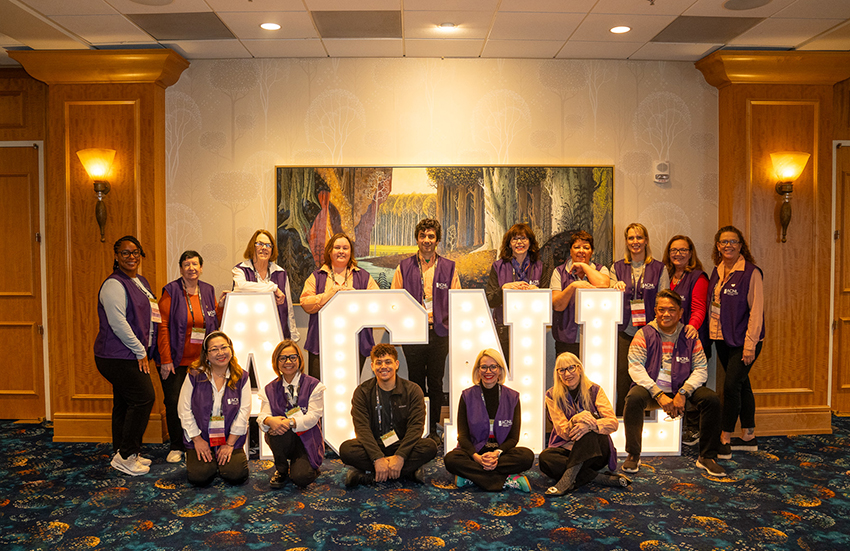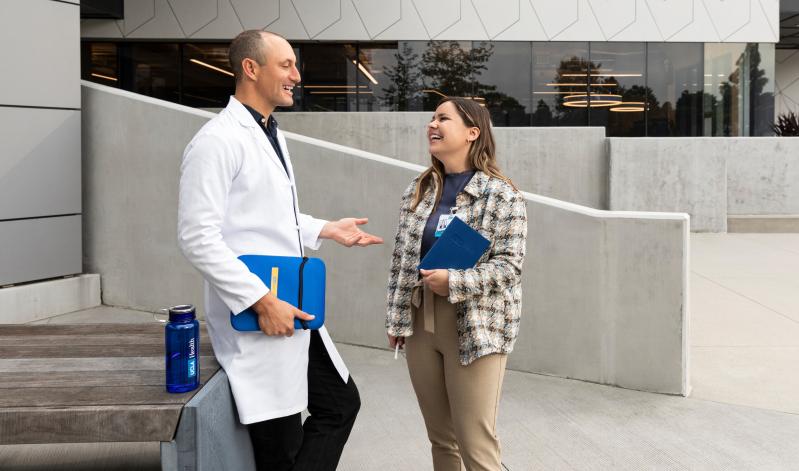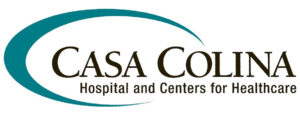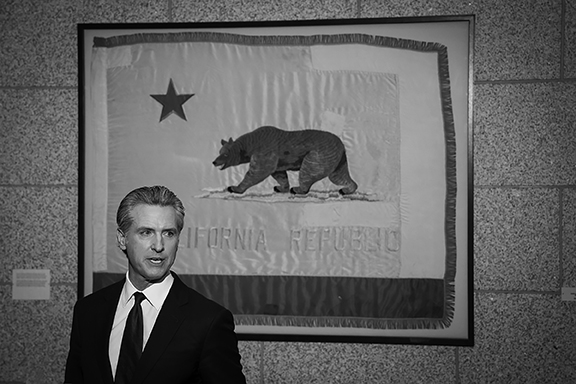Feature
130 Years of Anesthesia Nursing
The origins and rocky history of nursing’s most controversial specialty
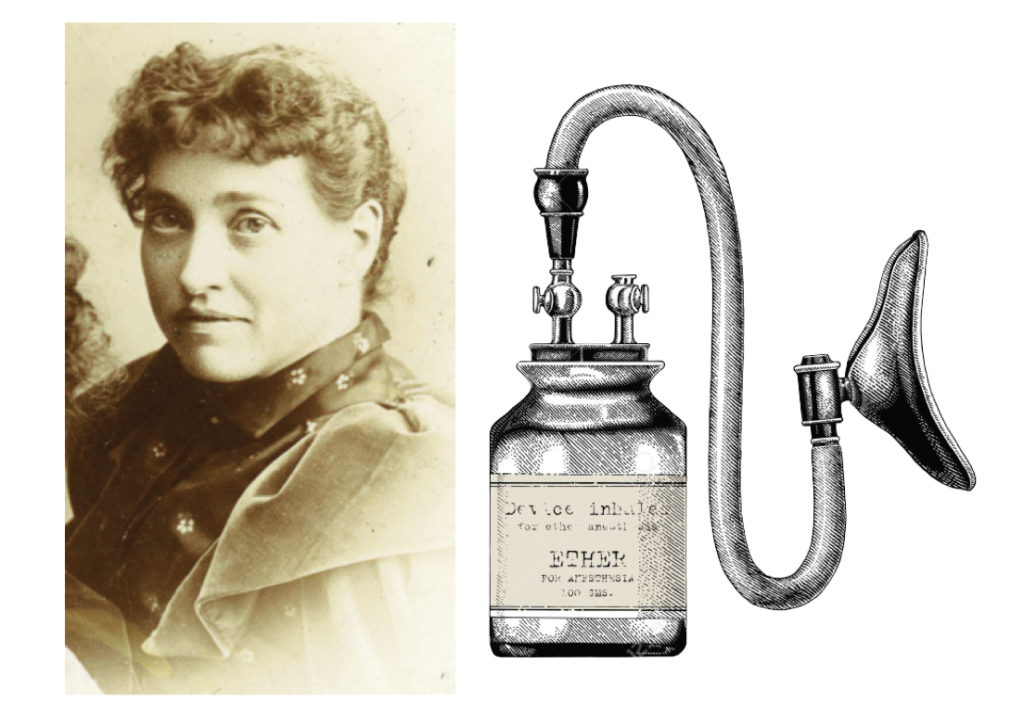
The nurses who provide anesthesia to surgical, obstetrical and pain management patients today follow in the footsteps of some of the most outspoken and technically adept members of the nursing profession.
Thanks to their efforts, certified registered nurse anesthetists (CRNAs) became the first recognized group of advanced practice nurses, and later the first to qualify for independent Medicare reimbursement.
The progress this specialty has achieved has not come without a fight, and the battles over nurse anesthetists’ scope of practice and legal standing are far from over. Ongoing tensions between nurses anesthetists and anesthesiologists have resulted in several major lawsuits over the years, including a spellbinding 1934 case that went all the way to the California Supreme Court.
In the Beginning
Nurses first administered anesthesia during the American Civil War, after some military surgeons noticed that nurses gave full attention to the whole patient — a sharp contrast with medical students, who tended to be more interested in the surgery itself.
Catholic nuns also played a prominent role. Many of the country’s earliest hospitals were established by Catholic orders, and by the late 1800s, their sisters were sometimes trained in administering anesthesia. The first recorded example of a nurse anesthetist in the U.S. was Sister Mary Bernard, who began practice in Erie, Pa., in 1887.
Alice Magaw
However, the true forerunner of the modern nurse anesthetist was Alice Magaw, who in 1889 became a nurse at what was then called St. Marys Hospital in Rochester, Minn., working with Charles H. Mayo, M.D. Together, Magaw and Mayo made the hospital now known as Mayo Clinic an international showplace for advanced anesthesia and surgical technique.
Surgical anesthesia in those days was often imprecise and extremely hazardous, but Magaw, whom Mayo dubbed “the Mother of Anesthesia,” eventually completed more than 14,000 documented procedures without a single fatality. Her work established many of the contemporary standard procedures for surgical anesthesia. Learn more about Alice Magaw’s remarkable career in this profile.
One of Magaw’s earliest disciples was Franc Florence Henderson, who began her career in 1904. Henderson continued to refine Magaw’s methods, further improving safety by minimizing the amount of anesthetic required. In 1914, Henderson published a paper on ether anesthesia in The Saint Paul Medical Journal, a rare honor for a nurse.
Infighting at the AANA
In 1915, Canadian-born nurse anesthetist Agatha Hodgins established America’s first postgraduate anesthesia training program, the Lakeside School of Anesthesia in Cleveland. That program’s alumnae association evolved into the National Association of Nurse Anesthetists, organized in 1931 as the specialty’s first professional organization. It became the American Association of Nurse Anesthetists (AANA) in 1939.



